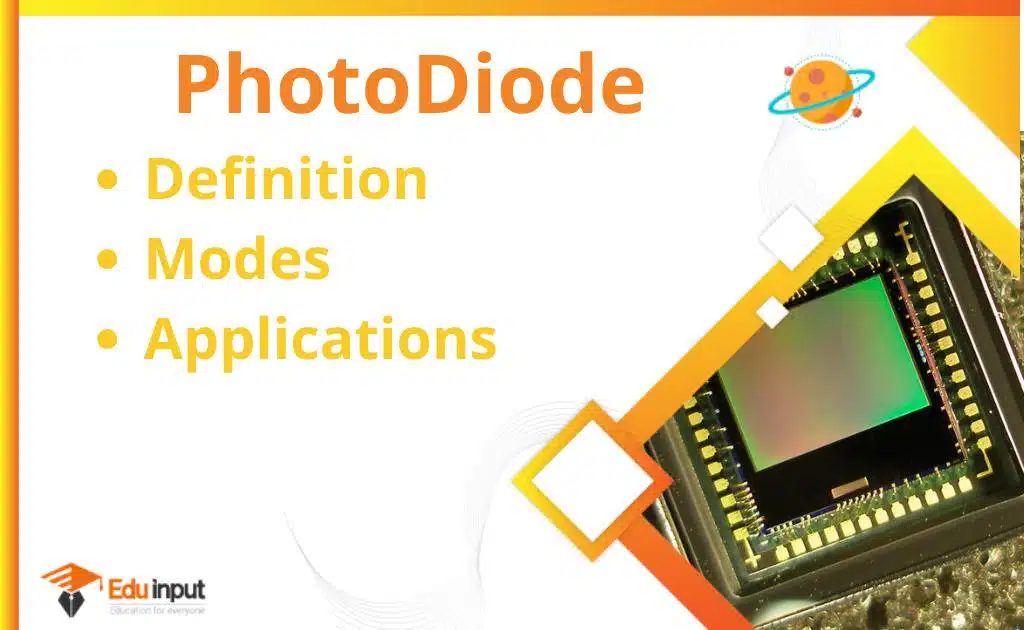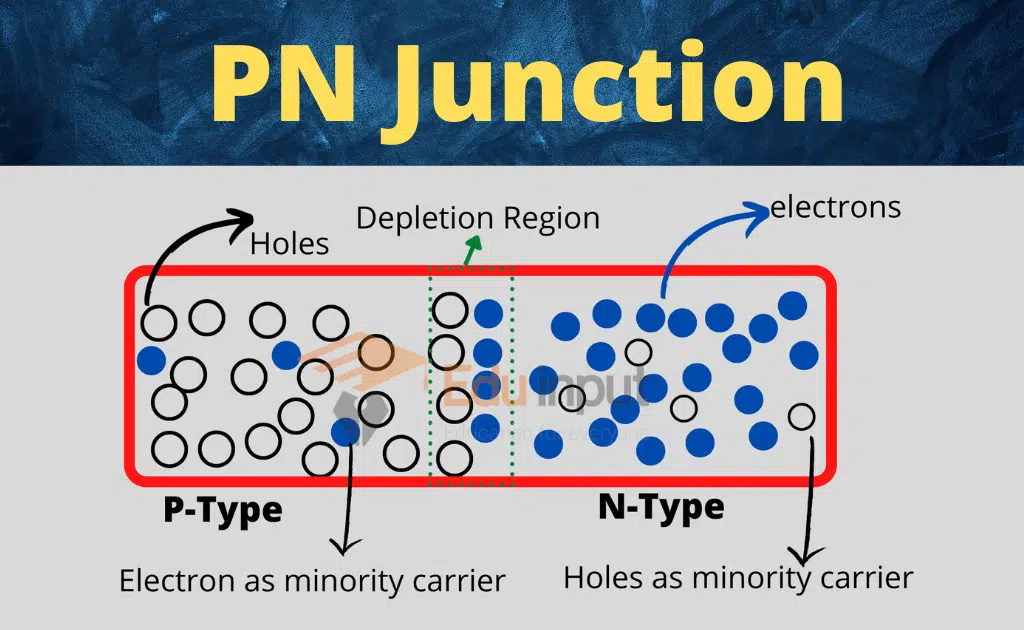What is an Optical Amplifier?-Definition, And Types
An optical amplifier is an extremely important device that supports the long-distance optical communication networks of today and is used to amplify light as it is without converting the optical signal to an electrical signal.
What is an optical amplifier?
An optical amplifier is a device that can amplify an optical signal directly without the need to convert it to an electrical signal. An optical amplifier might be thought of as a laser without an optical cavity, or one in which feedback from the cavity is suppressed.
Types of an optical amplifier
There are three major types of an optical amplifier
- Erbium-doped optical fiber amplifiers
- Semiconductor optical amplifier
- Raman amplifier
Erbium-doped optical fiber amplifiers
The most deployed fiber amplifier is the erbium-doped fiber amplifier, as it coincides with the third transmission window of silica-based optical fiber. The core of a silica fiber is doped with a trivalent erbium ion and can be efficiently pumped with a laser at either 980 or 1480 wavelength areas.
Depending on the application, the amplification region can be anywhere from a few nanometers up to 80 nanometers. In telecommunications calls for Conventional, C-band amplifier, or Long, or L-band amplifier, typical use of the EDFA is from 1525 to 1565 nm. Both of these bands can be amplified by EDFAs, but it’s normal to use two different amplifiers for one band and another for the other.
The L-band amplifier uses a longer length of doped fiber than the C-band amplifier. While still providing a useful amount of gain, the longer length of fiber allows for a lower inversion level to be used, thereby giving emission at longer wavelengths.
Semiconductor Optical Amplifier
The small optical amplifier is powered by an electrical current. It is possible to be less expensive than the EDFA and can be integrated with a variety of electronic devices. The performance is not as close to the EDFA as it could be.
There are higher noise, lower gain, moderate polarization dependence, and high nonlinearity in the SOA. All four types of operations can be conducted with the main advantage being that all of them can be done in a single operation.
This is due to the short upper state lifetime so that the gain reacts rapidly to changes in pump or signal power and the changes of gain also cause phase changes, which can distort the signals. The most serious problem for optical communication applications is presented by this nonlinearity. “Linear optical amplifiers” using gain-clamping techniques have been developed.
Raman Amplifier
The signal is intensified by the amplification of the amplifier’s signal. The amplification effect is achieved by a nonlinear interaction between a signal and a pump laser within an optical fiber. There are two types of amplifiers, distributed and lumped.
A distributed Raman amplifier uses the transmission fiber as the gain medium by multiplexing a pump wavelength with a signal wavelength, while a lumped Raman amplifier uses a dedicated, shorter length of fiber to provide amplification. In the case of a lumped Raman amplifier, a highly nonlinear fiber with a small core is used to increase the interaction between signal and pump wavelengths and therefore reduce the length of fiber required.
The pump light may be coupled into the transmission fiber in the same direction as the signal, in the opposite direction, or both. As the transfer of noise from the pump to the signal is reduced, it is more common for contra-directional pumping.







Leave a Reply